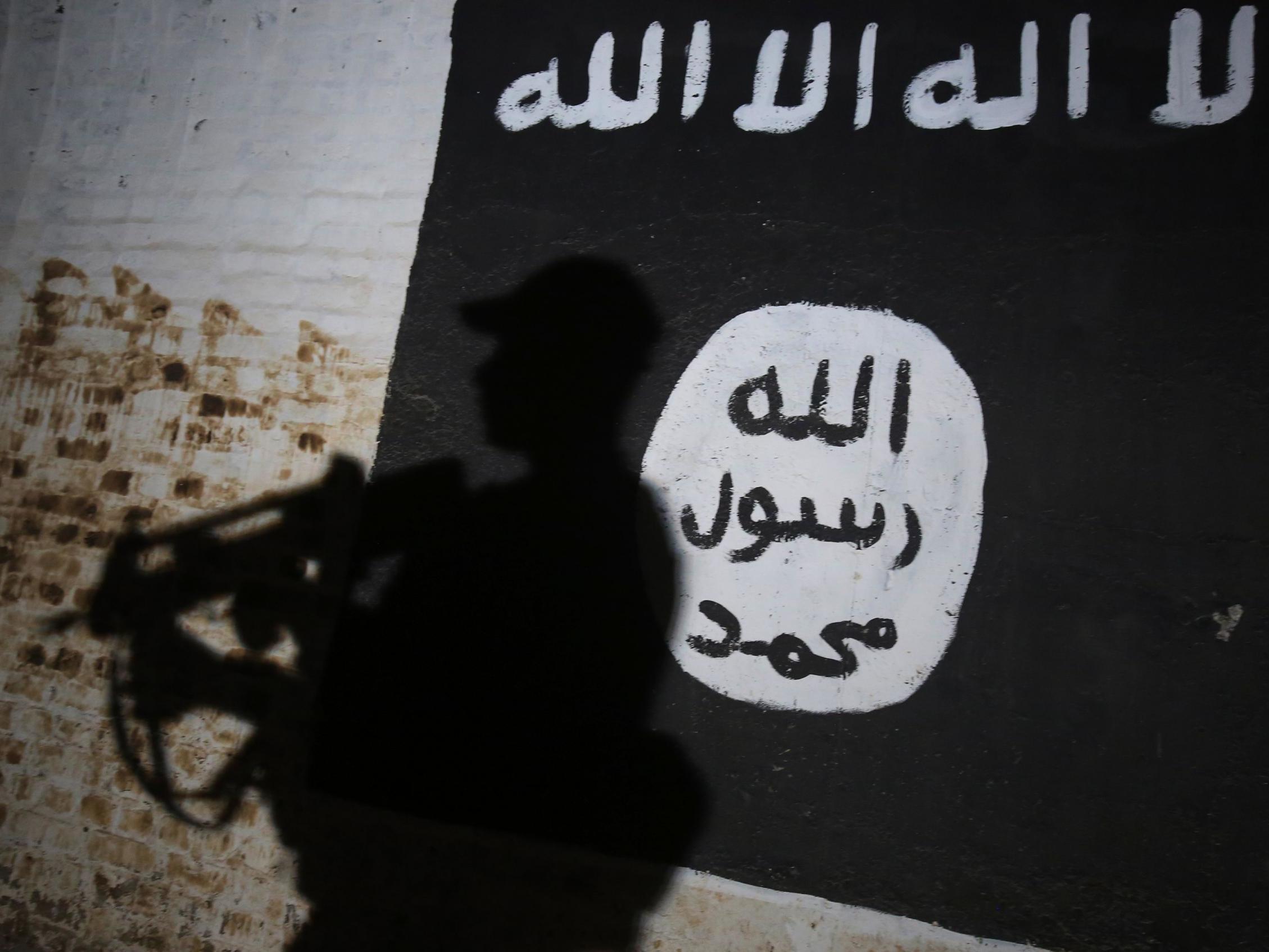Head of Isis in Afghanistan killed, say government officials
Ten other members of the militant group were also killed in a joint ground and air operation by Afghan and foreign forces

Your support helps us to tell the story
From reproductive rights to climate change to Big Tech, The Independent is on the ground when the story is developing. Whether it's investigating the financials of Elon Musk's pro-Trump PAC or producing our latest documentary, 'The A Word', which shines a light on the American women fighting for reproductive rights, we know how important it is to parse out the facts from the messaging.
At such a critical moment in US history, we need reporters on the ground. Your donation allows us to keep sending journalists to speak to both sides of the story.
The Independent is trusted by Americans across the entire political spectrum. And unlike many other quality news outlets, we choose not to lock Americans out of our reporting and analysis with paywalls. We believe quality journalism should be available to everyone, paid for by those who can afford it.
Your support makes all the difference.The head of Isis in Afghanistan, Abu Saad Erhabi, was killed in a strike on the group’s hideouts in Nangarhar province on Saturday night, authorities said on Sunday.
Ten other members of the militant group were also killed in a joint ground and air operation by Afghan and foreign forces, the National Directorate of Security in Kabul said in a statement.
A large amount of heavy and light weapons and ammunition were destroyed during raids on two Isis hideouts.
The jihadist group’s Amaq news agency carried no comment on the issue, and there was no immediate reaction from the Nato-led Resolute Support mission that trains and advises Afghan forces.
The provincial governor of Nangarhar said Erhabi was the fourth Islamic State leader in Afghanistan to be killed since July 2017.
The group has developed a stronghold in Nangarhar, on Afghanistan’s porous eastern border with Pakistan, and become one of the country’s most dangerous militant groups.
The local affiliate of Isis, sometimes known as Islamic State Khorasan (Isis-K) after an old name for the region that includes Afghanistan, has been active since 2015, fighting the Taliban as well as Afghan and US forces.
Former Isis-K leader Abu Sayed was killed in a strike in the eastern province of Nangarhar and Sayed’s predecessors were killed by joint US and Afghan operations.
The exact number of Isis fighters in Afghanistan is difficult to calculate because they frequently switch allegiances, but the US military estimates that there are about 2,000.
More than 150 Islamic State fighters surrendered to Afghan security forces this month in the northwestern province of Jawzjan, where the group is fighting for control of smuggling routes into neighbouring Turkmenistan.
Reuters
Join our commenting forum
Join thought-provoking conversations, follow other Independent readers and see their replies
Comments